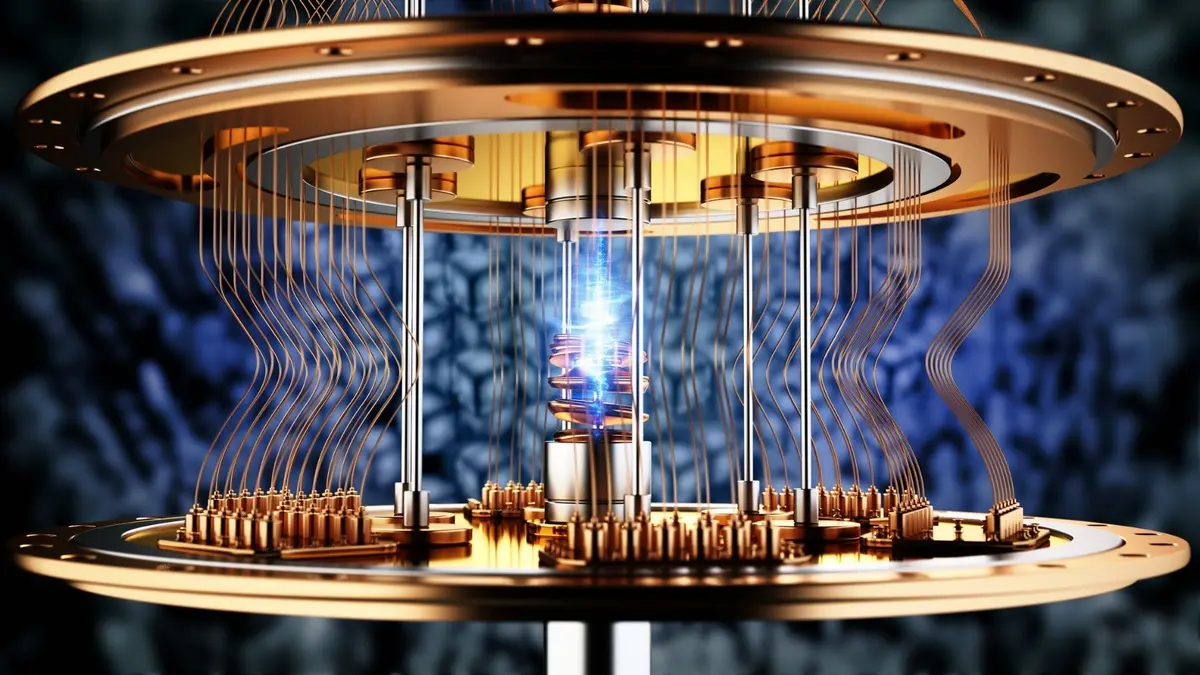What Is a Vacuum?
In classical physics, a vacuum is considered an empty space without matter and energy. However, the concept of the quantum vacuum reveals that even the most “empty” regions of space are filled with activities.
What Is Zero-Point Energy?
The quantum vacuum is far from empty. It is a state with the lowest possible energy, but it is not devoid of energy altogether. According to quantum field theory, every point in space contains fluctuation fields, and these fluctuations persist even at absolute zero temperature. These vibrations in the vacuum fields give rise to zero-point energy, the minimum energy a quantum system can have.
Zero point energy stems from the Heisenberg Uncertainty Principle, which states that it is impossible to know both the exact position and momentum of a particle at the same time. As a result, particles can never be completely at rest, even in their lowest energy state. This constant motion leads to a baseline energy that cannot be removed from the system, the “zero-point.”
Real World Evidence: The Casimir Effect
These vacuum fluctuations are not just theoretical constructs, they produce real, measurable effects. A famous example is the Casimir effect, discovered in 1948 by Dutch physicist Hendrick Casimir. When two uncharged, parallel metal plates are placed very close together in a vacuum, they experience a subtle attractive force. This force is due to the restriction of vacuum fluctuations between the plates compared to the space outside them, resulting in a pressure difference that pushes the plates together.
Zero-Point Energy and the Universe
Zero-point energy also plays a significant role in modern physics and cosmology. It contributes to the concept of “dark energy”, the force accelerating the expansion of the universe. However, there’s still a major problem: when physicists calculate the energy density of the vacuum using quantum field theory, the result is greatly higher than what astronomers observe. This mismatch is known as the “cosmological constant problem”, and it remains one of the biggest unsolved issues in physics.
Can We Harness Zero-Point Energy?
The idea of harnessing zero-point energy as a practical power source has sparked interest and speculation, particularly in science fiction. Some fringe theories and experimental setups have proposed methods to extract usable energy from the vacuum. However, mainstream physics maintains that this is not currently possible due to the laws of thermodynamics and the conservation of energy. While zero-point energy is everywhere, it is not a form that can be tapped into for work or energy production with today’s understanding.
RELATED STORIES:
https://www.scientificamerican.com/article/follow-up-what
https://www.britannica.com/science/zero-point-energy
https://physics.stackexchange.com/questions/691872/qft-vacuum-and-the-zero-point-energy
http://large.stanford.edu/courses/2017/ph240/blakemore1/
Physicists Use Quantum Mechanics to Pull Energy out of Nothing
TAKE ACTION:
https://research.yale.edu/quantumct-funding-opportunities






